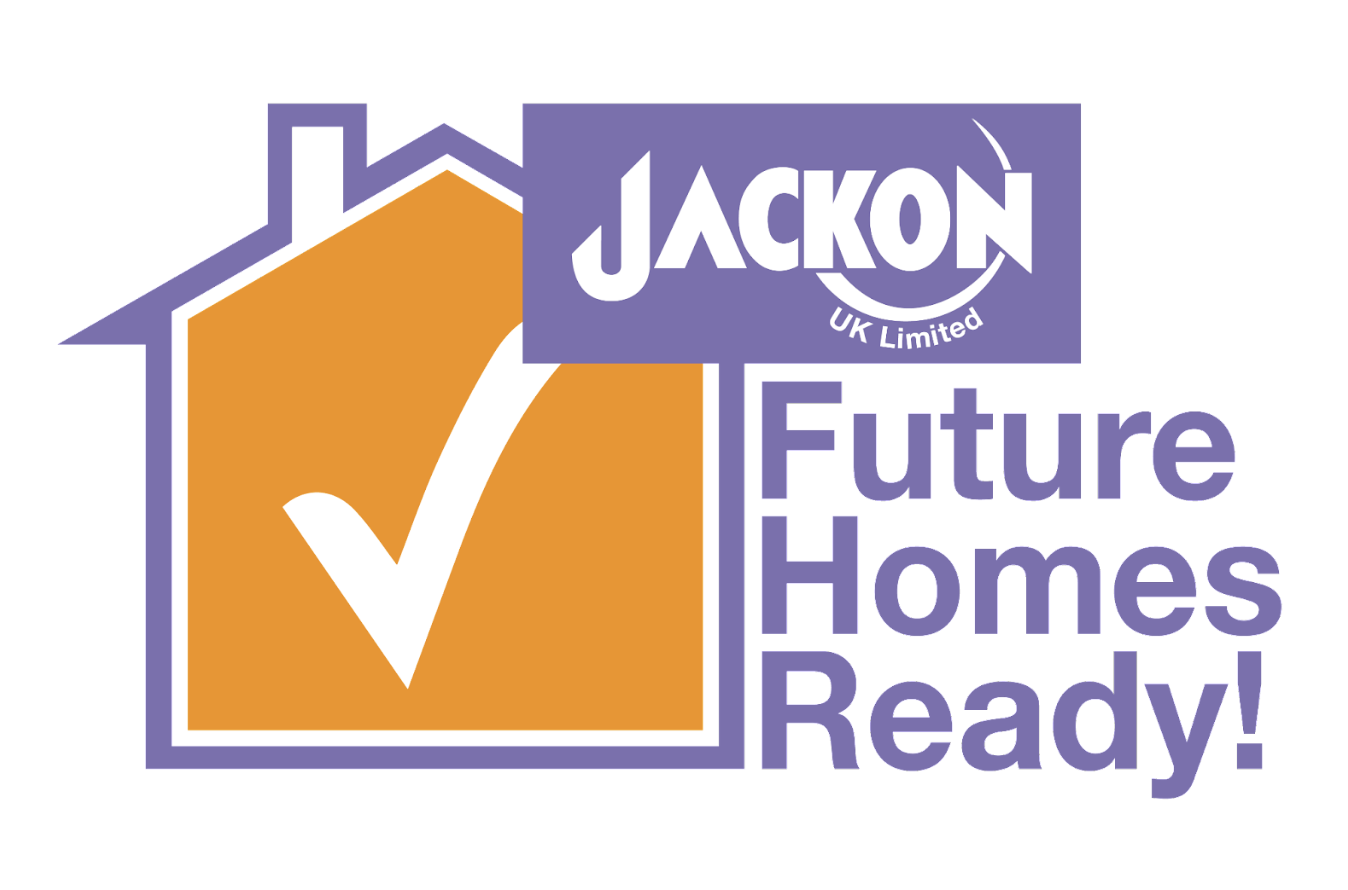The Future Homes and Building Standard is a set of standards that homes and buildings must adhere to. This ensures that all new homes built from 2025 onwards produce 75%-80% less carbon emissions than homes built under the current regulations. This is a huge step forward for the construction industry, and it’s something that the industry needs to start preparing for now. The standard will require a change in the way homes are designed and built, so we must begin to explore these changes now. In this article, we will explore what the Future Homes Standard is, why it is so important and why as a company we produce all our current products to meet these crucial standards now to be ready for the change in the law.
According to the government’s consultation in 2019, 20% of greenhouse gas emissions are made by new and existing homes in the UK. Future Homes Standard aims to improve energy efficiency in newly built homes from 2025 onwards, applicable to homes built in England.
New homes built from 2025 must have:
- low carbon emission heating systems installed
- high rated insulation for maximum energy efficiency
- double glazing, which can insulate around doors and windows and reduce energy consumption
- 75%-80% less carbon emissions than current homes
These moves help homes move toward the government’s goal of becoming Net Zero in 2050 and decarbonising the electricity grid. The Future Homes Standard should mean that these new homes built will not need to be retrofitted with the latest technology to meet the net-zero targets. The government will continue to consult the industry and refine the standard before they are made into regulations. These will be given out with notice for the industry to implement.
The Immediate Future for New Homes:
The government also introduced the interim uplift regulations that will come into force in June 2022. This is so building regulations make sure homes emit up to 30% less carbon, prevent over-heating and improve ventilation and insulation before the Future Homes Standard comes into effect.
There are caveats, including transitional arrangements in place. If a building notice or full plans for building work are submitted to a local authority before 15 June 2022, then, provided the building work starts by 15 June 2023, the building is subject to previous building and regulation standards. All contractors must be aware of this as the deadline approaches.
How we can prepare for the Future Homes Standard:
- Learning about the new standard and how it will affect the way we design and build homes
- Updating our skillsets to reflect the new requirements of the Future Homes Standard
- Looking into new technologies and materials that can help us reduce carbon emissions in homes
The Future Homes Standard is essential to reducing carbon emissions and ensuring that all new homes are energy efficient. We need to start preparing for this change now, and the construction industry needs to act fast to meet the 2025 deadline. We provide multiple sustainable building materials to help homes achieve greater energy efficiency, insulation, and sustainability and help meet the Future Homes Standards, including THERMOMUR® building systems and JACKODUR® insulation. Contact us to discuss your requirements today!

